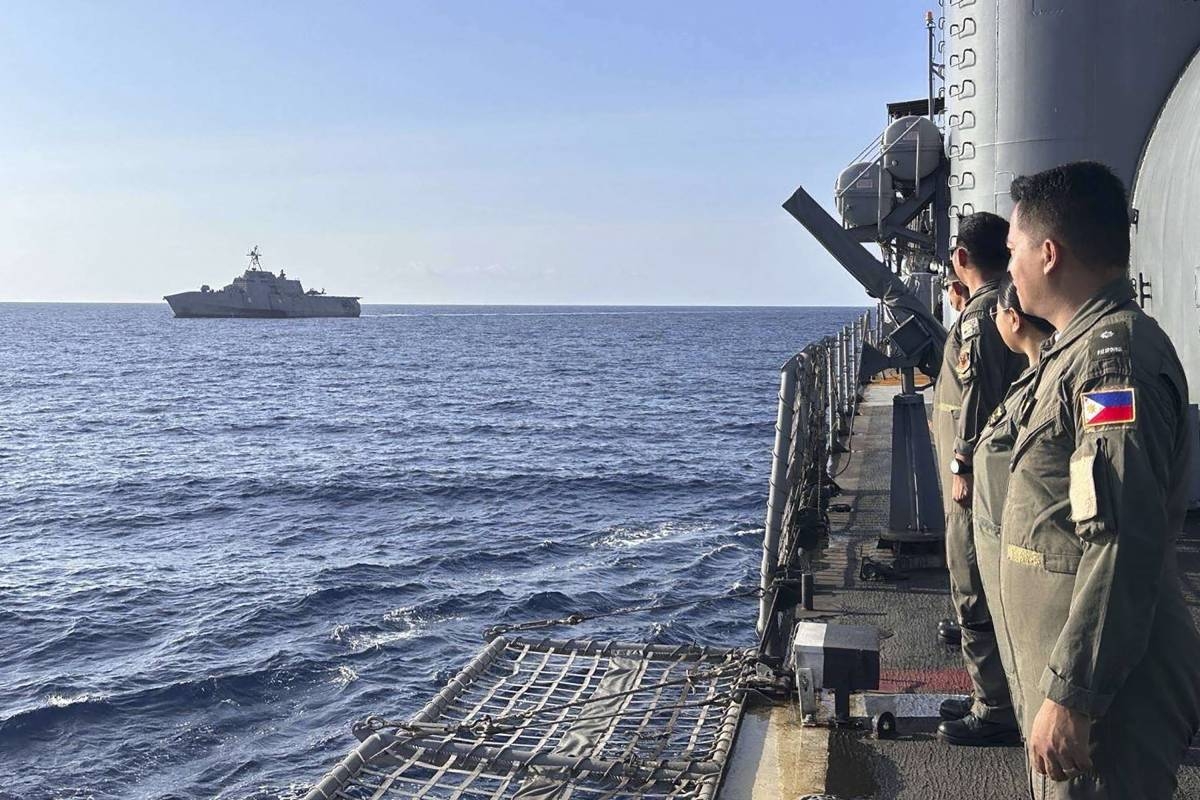The Philippine Navy is currently reassessing its strategies in response to the Armed Forces of the Philippines’ (AFP) shift towards territorial and external security defense. This shift is being carried out under the AFP’s External Defense Operations and the Comprehensive Archipelagic Defense Concept (CADC). The reevaluation took place during the command conference for the first quarter of 2024, held from February 22 to 23 in Puerto Princesa City, Palawan.
The conference, hosted by the Naval Forces West, serves as the naval component of the AFP Western Command. As the frontline naval operating force in the West Philippine Sea (WPS), Palawan acts as the staging area for all of the AFP’s support and sustainment missions to its nine island detachments in the WPS. The command conference aims to synchronize all efforts and initiatives of the Navy.
Commo. John Percie Alcos, the Naval Public Affairs Office director, emphasized that the transformation of the Navy into a modern, multi-capable naval force dedicated to safeguarding the nation’s maritime defense and development remains the overarching goal. Vice Admiral Toribio Adaci Jr., the flag officer in command, led the tour of key external defense installations during the conference. This included Naval Station Carlito Cunanan and Naval Detachment Oyster Bay at the 3rd Marine Brigade headquarters. The purpose of the tour was to inspect facilities critical to maritime security and to check on the morale and welfare of the troops stationed at the Philippine Navy’s defense and security efforts in the country’s western frontlines.
In addition to the inspections, Philippine Navy leaders, along with multi-sectoral stakeholders, visited Pag-asa Island and other naval detachments in the Kalayaan Island Group. The purpose of these visits was to aid in ongoing and future Navy projects, deliver necessary equipment and supplies, and foster partnerships with key sectors and stakeholders that benefit both the troops and the residents.
Commo. Roy Vincent Trinidad, the Navy spokesman for the WPS, highlighted the significance of the visit to Pag-asa Island. He stated that the visit was not only for the senior leadership of the Philippine Navy to check on the troops and inspect facilities but also to showcase the presence of various branches of the military, including the Marines, Air Force, Army, PNP (Philippine National Police), and Coast Guard.
Trinidad emphasized that the WPS encompasses more than just Ayungin Shoal, where the Philippine Navy frequently encounters China Coast Guard ships. While illegal actions are experienced in Ayungin Shoal, all other detachments in the WPS have unimpeded access. The Philippine Navy conducts regular Rotation and Resupply missions without any problems.
To ensure that they are adequately equipped to fulfill their duties in the WPS, the Philippine Navy is exploring various strategies. These strategies include conducting maritime patrol missions, air surveillance flights, and other activities within the country’s exclusive economic zone (EEZ).
The reassessment of strategies by the Philippine Navy demonstrates its commitment to safeguarding the nation’s maritime defense and development. By actively evaluating and adapting their approaches, the Navy aims to remain a modern and multi-capable naval force capable of effectively addressing the challenges in the West Philippine Sea.







